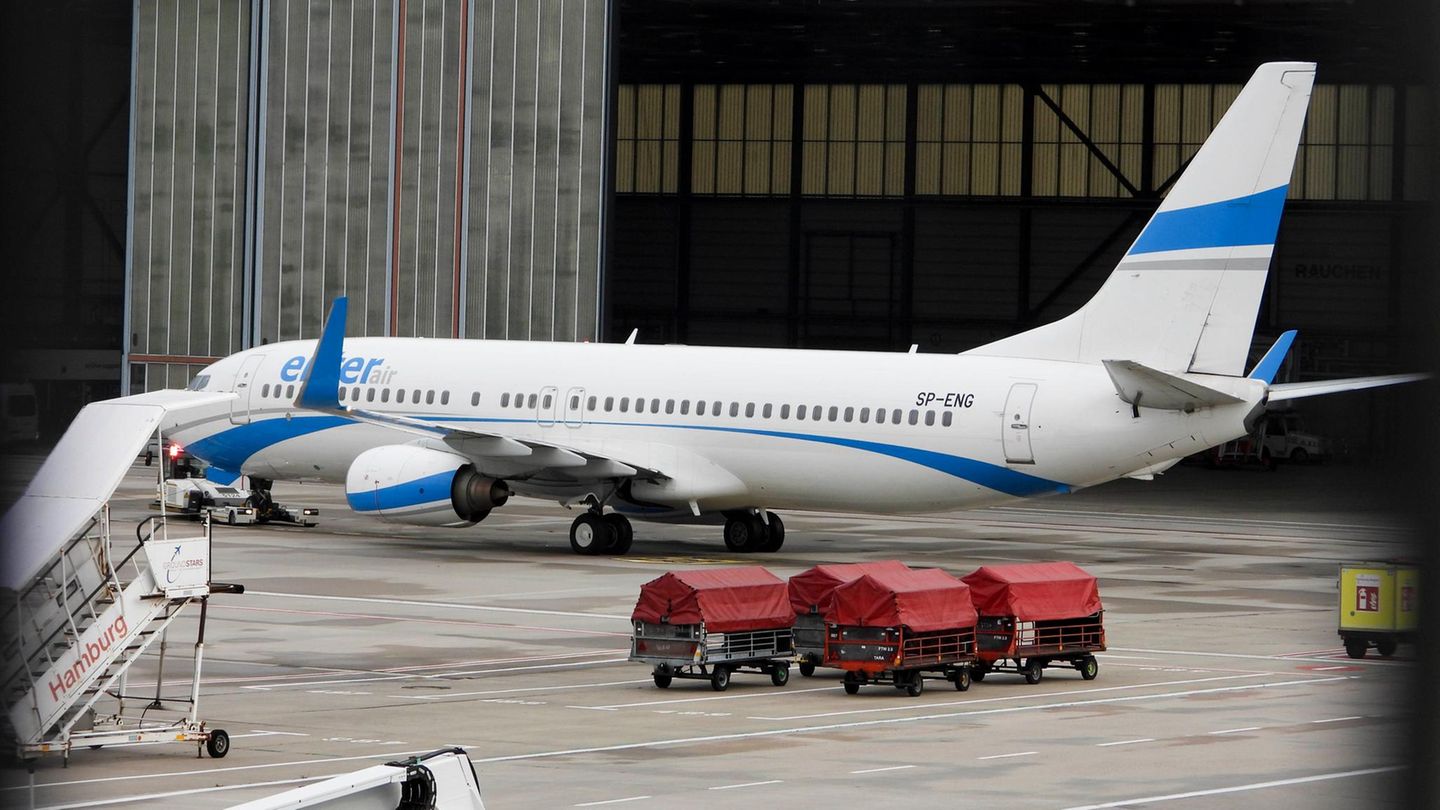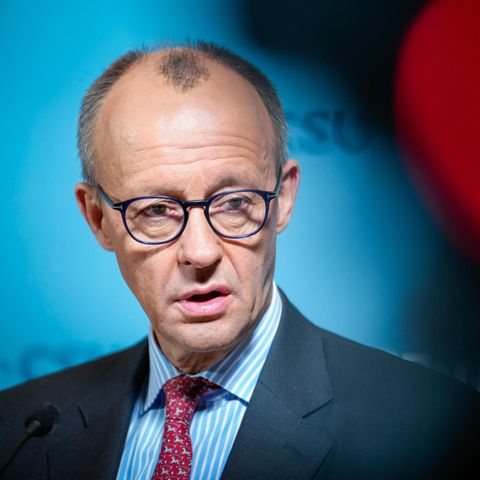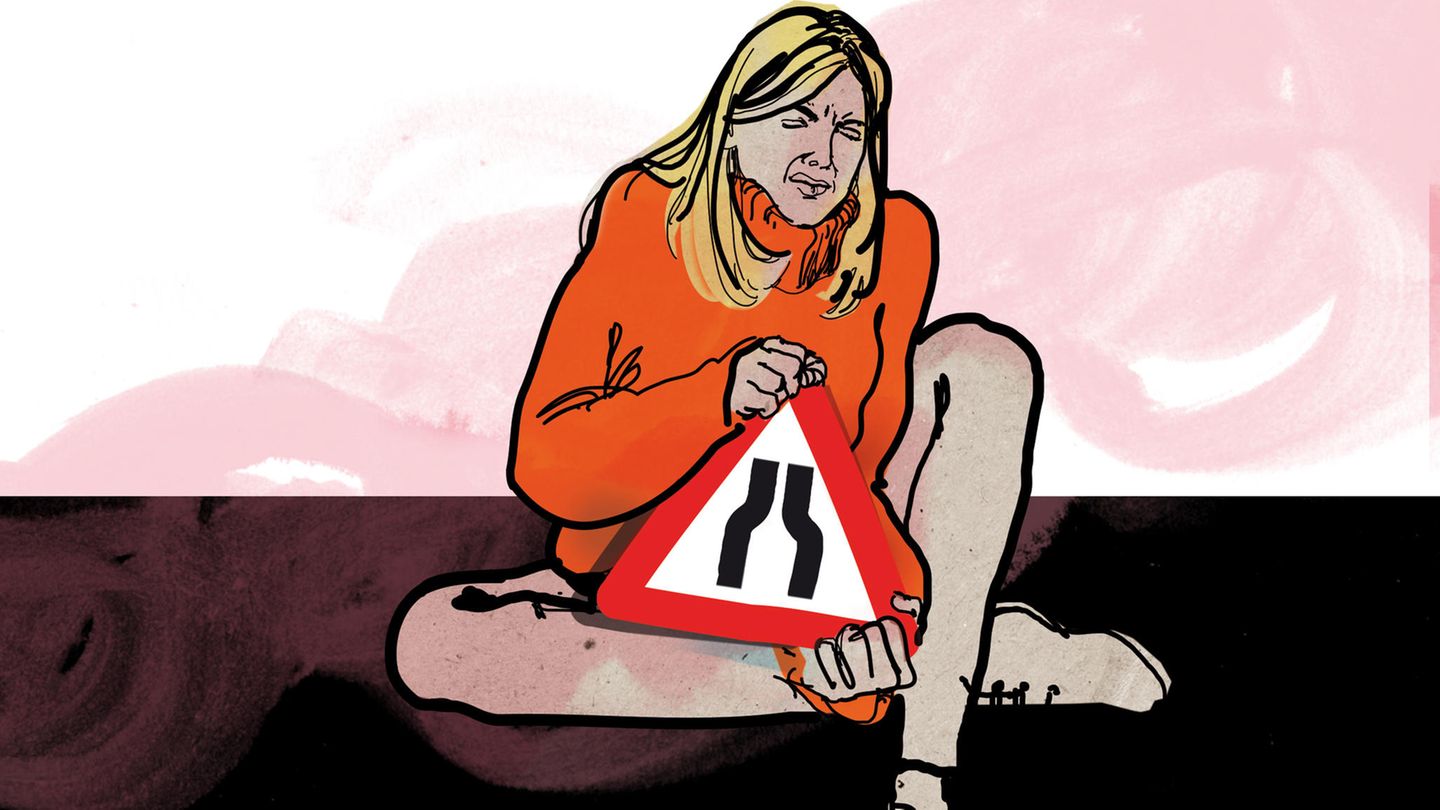Attack in Aschaffenburg
Why deportations within Europe sink so rarely
Copy the current link
The perpetrator of Aschaffenburg shouldn’t have been here. The asylum system behind it is broken and overloaded. Why do German authorities fail so often?
The murderer of Aschaffenburg shouldn’t have been in Germany for a long time. So much is undisputed according to applicable law. Since his fact, there have been hard political arguments about the broken European asylum system and a factual freezing stop for refugees at German borders. An evaluation of new figures from the Federal Office for Migration and Refugees (BAMF) now shows the extent of the problems in the European asylum system, in which Germany is even worse than known.
Only eight percent of all Dublin cases deported
According to the so-called Dublin Agreement, the EU country is responsible for a refugee with some restrictions, in which it first entered. The asylum procedure is to be carried out there. In 2024 alone, there were around 75,000 inquiries from Germany to other European countries for taking over the proceedings.
But Germany actually transfers only a fraction of these asylum seekers back to the EU countries responsible for them. At least 44,000 of the inquiries – more than half – were approved by the other state. Ultimately, however, there were only 5800 transfers. Even eight percent of all the cases requested could be transferred to the countries of their entry in 2024. The problems are therefore not only in the willingness of the other EU countries.
At the same time, Germany took up 4,600 people from other EU countries in the same period, although it is surrounded by neighboring European countries.
Andrea Lindholz, CSU MP from Aschaffenburg and Vice-President of the Union Group in the Bundestag, told the star In addition: “The numbers show: Germany has been the stupid in the Dublin system for years. The system is completely dysfunctional.” As a country in the middle of Europe, Germany actually has to transfer significantly more asylum seekers to the 26 other Member States than they are transferred, Lindholz criticizes. “In fact, the other Member States have been sending almost as many asylum seekers to us for years as we change them. This is grotesque.”
But there are at least explanations for this: According to the migration expert Raphael Bossong from the Science and Politics Foundation (SWP), the cases that Germany absorbs from other EU countries are often merger of families. So when children or women arrive in foreign states such as Greece or Italy, they should be united with their families in European law.
“Of course, Germany accepts these applications,” says Bossong. But why does Germany send so few people back there despite the approval of other EU countries to enable asylum procedures there? The answer is diverse.
Aschaffenburg shows what goes wrong in the asylum system
The perpetrator from Aschaffenburg should have long since been transferred to Bulgaria. In his case, the depths of the system show up with special dramatic consequences: After the entry of the Afghan, the BAMF found that it had previously been registered in Bulgaria. The refugee office then asked the Bulgarians whether they would take the man back. The request was granted.
From then on, the transfer must take place within six months. But first it happened: nothing. The BAMF took almost the entire six months to process the asylum application and then inform the Bavarian authorities. These received the order for deportation only nine days before the deadline. Too little time to prepare.
The transfer to Bulgaria failed in August 2023. The German asylum procedure continued. But it was not ahead for 14 months. At the beginning of December 2024, the Afghan then declared that he wanted to leave voluntarily. At the end of 2024 his residence permit went out, until the attack on January 23, he was illegally in Germany.
Union wants to mitigate overload of the authorities
CSU politician Lindholz criticizes: “Dublin transfers fail, among other things, on mistakes in Germany that result from overload, as with the perpetrator of Aschaffenburg.” In addition, many asylum seekers addicted to medical certificates or stopped deportation, explains migration expert Bossong. According to BAMF, the four most common reasons for failure are: the other state, immersion of people, the local immigration authorities or: organizational. “All of this explains the low numbers,” summarizes Bossong.
Too often, however, failure is also due to the fact that the other Member States transfers considerably in practice, complains Lindholz. According to the BAMF figures, Bulgaria agrees to almost all inquiries from Germany, but in practice, however, only a little more than 500 people from the entire EU would be taken over from the Balkans each year, according to security circles.
Migration expert warns of national ones
Similarly acts Italy. There, transfers would only be allowed under certain conditions, on certain paths and on certain days. Only three people were brought back to Italy in 2024. According to the BAMF numbers, other countries such as Greece have almost all applications from the German authorities: in 2024 the Greek authorities only approved around 500 out of 15,500 applications.
Migration expert Bossong also knows these practical pitfalls. “Germany has been trying to reconcile bilateral agreements for a long time to solve this,” says Bossong. The problem was already known under the CSU Federal Minister of the Interior Horst Seehofer. “You could drive that even more in the future.”
Andrea Lindholz complains: “The EU Commission has been looking for a long time.” She therefore supported the hard course of Union Chancellor candidate Friedrich Merz. This had asked to reject all asylum seekers at the German borders because they had to have previously traveled through a safe EU state. He spoke of a factual absorption stop.
Migration expert Bossong, on the other hand, warns of such national sole approaches: “The negotiation of the new asylum system GEAS took eight years that you shouldn’t throw it away.” The Dublin procedures would be simplified, extending the transfer periods from six months to up to three years. Admission centers at the external borders and a new solidarity system between the states can also help with a better distribution of refugees in Europe.
But Bossong also admits: “That alone will not be the big turn when it comes into force.”
Source: Stern
I have been working in the news industry for over 6 years, first as a reporter and now as an editor. I have covered politics extensively, and my work has appeared in major newspapers and online news outlets around the world. In addition to my writing, I also contribute regularly to 24 Hours World.





